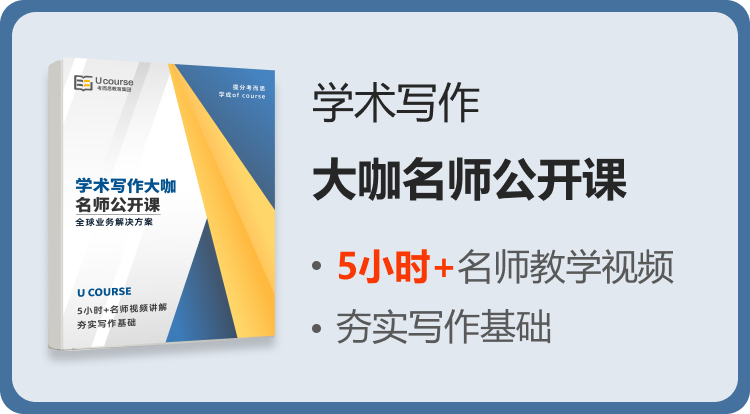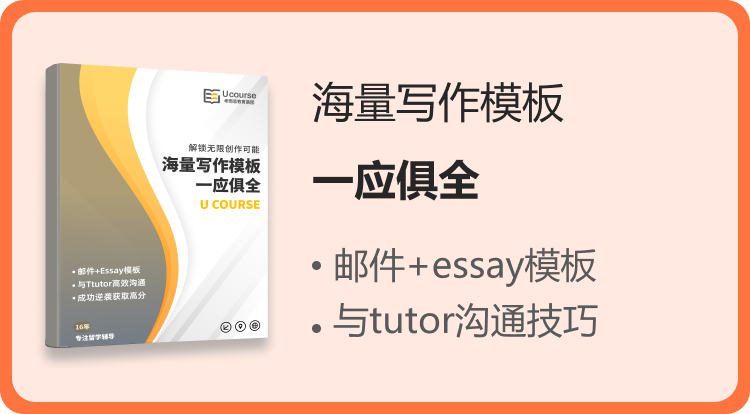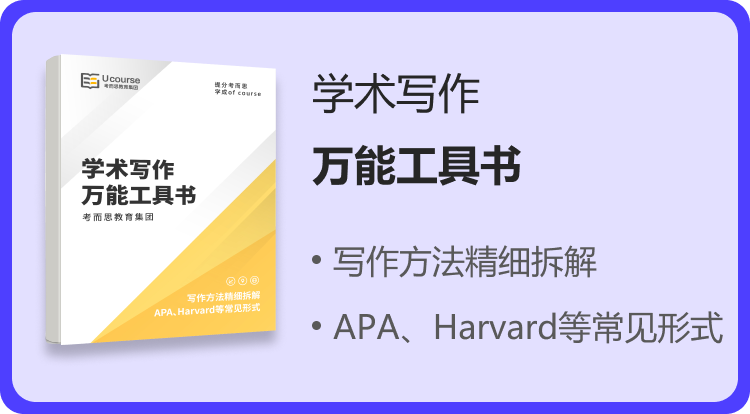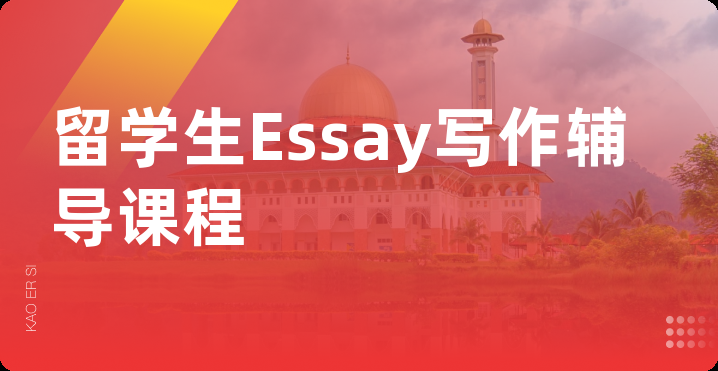400-640-8558

手把手教你把英国毕业论文写好
文章发布时间:2024-01-05 14:29:47文章来源:考而思在线阅读量:318
在英国获得高级学位的最高成就是一篇合格出色的毕业论文。论文基于大家所开展的研究项目,其页数因获得学位的学位和领域而异,页数少的可以100 页以内,多则在 300 页以上。通过毕业论文展示你在自身研究领域的专长和能力,并以绝对原创的内容为学术和科学界提供社会价值,其是你攀登学位山峰的最高点。

无论完成硕士学位还是博士学位,毕业论文的目标都是一样的:证明学生是自己选择的领域的专家,能够独立开展研究。这一点很重要,因为许多完成学位的学生,尤其是博士学位,将花费他们其后职业生涯的很大一部分时间在其研究领域。
然而,对于英国的同学们来说,写好一篇好的毕业论文并不是一件容易的事。
大多数人通常以极大的热情开始,但在后面的写作过程中,规划、研究和遣词造句等都将会告诉你这是既往学业中面临时间最长、最复杂甚至于可称为令人绝望的一项挑战。你可能会经历非常多障碍,才能达到最终预期的目标。以下是我们在撰写论文时遇到的一些最常见问题:
——拖延。很多同学认为有足够的时间来做毕业论文,所以一直就暗示自己可以拖延。这是一个大问题,因为通常在最后期限临近时你才发现自己处在如此疯狂的压力之中。
——缺乏研究技能。特步是对于缺乏足够学术写作经验的学生来说,他们会认为只需要收集很少的相关资源,就从中提取到自己想要的内容。其实并非如此,毕业论文需要你对这些材料要进行彻底分析,并在论文中充分讨论。
——缺乏写作技巧。毕业论文应遵循严格的学术写作规则,必须要以适当的格式、文体以及语言来撰写。
毕业论文写作的过程是一个很大的挑战,那么到底如何才能相对轻松的、写出高质量的毕业论文呢?下面我们就和大家分享一些成功经验,帮助你顺利过关!
1、格式问题:大家在进行毕业论文的写作开始要先了解英国毕业了论文的标准格式以及各种写作方法.很多留学生最容易出错的就是REFERENCE.切记哈佛格式才是英国毕业论文的唯一标准.REFERENCE必须在文章中标示出来,有些学校是不允许使用网上引用的,这些留学生们都必须注意了。
2、研究计划的肯定:首先当然是PROPOSAL的肯定,在写PROPOSAL之前先了解导师的要求和偏好,写好后及时和导师沟通,得到导师的肯定之后,学生就可以进行接下去正式论文的写作了。
3、毕业论文的两大难点:(1)literature review文献综述,很多学生的毕业论文不通过或者写不好其中之一的问题就是这个,简称LR,为什么难,为什么处理不好?因为学生要花大量的时间,经历去搜集超级多的文献和相关学术的资料,并且要根据文章内容思路整理出重点。(2)Methodology方法论.这个就不用多说了,定性分析的还不算特别难,问卷调查等就可以,要是遇到定量分析的,要熟悉各种软件应用:SPSS、SAS、MPS、stata、eviews等,再加上现在普遍学生出去都是商科的,金融,银行,会计,经济等专业都是用定量分析的,难点不言而喻了,所以以上两点大家在写论文或者找代写机构的时候必须了解清楚和重视起来,以上两点要是写好了,论文就至少一大半已经PASS了。
4、思路逻辑:根据大量的资料表明,中国留学生普遍论文挂科的原因之一,逻辑问题,偏题,跑题,要求只写了部分,表达太过于浅层,说白了,导师没有觉得学生写出来的思路是很大的符合要求的.这就是中国留学生极度普遍的一个问题,不能说是从小教育的思路问题吧,但是普遍性论文都是泛泛而谈,没有直达要点,把自己的观点总结表达清晰.很大程度是为了充字数.所以除了基本的理论知识,对于毕业论文的每一个要求的表达必须清晰重点表达。
5、英语问题:上述4点问题都可以解决,但是语言是一个中国留学生最常见也是最无法解决的缺陷,从小的语言环境,思考逻辑,都导致了我们的毕业论文存在语言问题,浅一些的就是语法,其次中式英文,到过于简单的语句又或者刻意复杂语句但表达不合理的英文。所以建议大家可以在在家写好论文之前或者之后找相关老师或者机构帮助。
以下为一个 the requirement of the dissertation(英国毕业论文的格式参考)
Title: A certified simple compiler
Words: 10000-15000 (exclude references) dissertation
+ codes
Deadline: 2015-07-31
Major: Computer Science
Level: the dissertation for the undergraduate student
The requirement:
The basic idea of the project is to create a compiler and prove its correctness using Agda programme.
The programme language to accomplish the project is a kind dependently typed language called Agda.
The programming software to do this project is Emacs for Agda just like this icon
The project is divided into two parts.
1. The first part is to create a compiler that is implemented to translating a simple imperative language to the simple stack machine language. The source language (imperative language) should contain some basic command, which are
• assignment command (e.g x = 2),
• simple arithmetic expressions (e.g x+5),
• if-then-else command
• while loop comm
and.
These are represented as a parse tree. The machine language is a simple stack based machine language. For simplicity, a tree-structured machine language is used in the first place which can then be translated into code with gotos.
2. The second part is to show compiler that is created by me is correct. The way to show the correctness is proving that the compiled code will behave in the same way as the source codes are interpreted. In this progress, the partiality monad may be used. In addition, since Agda cannot allowed crash or non-terminate, initially this point will be ignore and Agda termination checker will be switched off as well.
The general structure of the dissertation (can be a little difference):
• Abstract giving a short overview of the work in your project
• Table of contents giving page numbers for all major section headings
• Introduction setting out the aims and objectives of your project
• Motivation explaining the problem being solved
• Description of the work explaining what your project is meant to achieve, how it is meant to function, perhaps even a functional specification
• Literature review describe the related theories and similar existing work done by others, explaining what your project does that is new or is better than existing work in the same field
• Design containing a comprehensive description of the design chosen, how it addresses the problem, and why it is designed the way it is
• Implementation containing a comprehensive description of the implementation of your software, including the language(s) and platform chosen, problems encountered, any changes made to the design as a result of the implementation, etc.
• Evaluation explaining how your software was tested (using different datasets or in different environments), statistical evaluation of performance, results of user evaluation questionnaires, etc.
• Summary and futher work including a personal reflection on your experience of the project and a critical appraisal of how the project went
• References
• Appendices, e.g., User Manuals, supporting evidence for claims made in the main part of the dissertation (e.g. a copy of a user evaluation questionnaire), samples of test data, etc. Note that Appendices are optional
An example of structure
Table of Contents Abstract...........................................................................................................................3
1 Introduction..........................................................................................................6
1.1 Background information.........................................................................6
1.2 Motivation.....................................................................................................6
1.3 Aims & Objectives......................................................................................6
1.4 Overview of the dissertation.................................................................7
2 Literature Review ..............................................................................................8
2.1 Portfolio optimization problem formation.....................................8
2.2 Hill Climbing (HC)......................................................................................9
2.3 Simulated Annealing (SA) ................................................................... 10
2.4 Scatter Search (SS)................................................................................. 11
3 System Design and Implementation ....................................................... 14
3.1 Solution Approach.................................................................................. 14
3.1.1 Data........................................................................................................... 14
3.1.2 Evaluation function............................................................................ 14
3.1.3 Solution representation................................................................... 15
3.2 Metaheuristic Algorithms.................................................................... 15
3.2.1 Hill Climbing (HC)............................................................................... 16 3.2.2 Simulated Annealing (SA)............................................................... 17
3.2.3 Scatter Search (SS)............................................................................. 18
3.3 Graph Drawing......................................................................................... 21
3.4 Graphical User Interface (GUI).......................................................... 22
4 Tests and Results Analysis .......................................................................... 24
5 Conclusion.......................................................................................................... 37
5.1 Summary.......................................................................................................... 37
5.2 Discussion ....................................................................................................... 37
5.2.1 A Critical View of the results ........................................................... 37
5.2.2 Limitation............................................................................................... 37
5.3 Future work.................................................................................................... 3
8 References .................................................................................................................. 40
Reference: more than 10
Harvard style
当前文章链接:
凡来源标注“考而思在线”均为考而思在线原创文章,版权均属考而思在线所有,任何媒体、网站或个人不得转载,否则追究法律
定制课程
电话咨询
客服微信

在线客服














